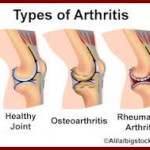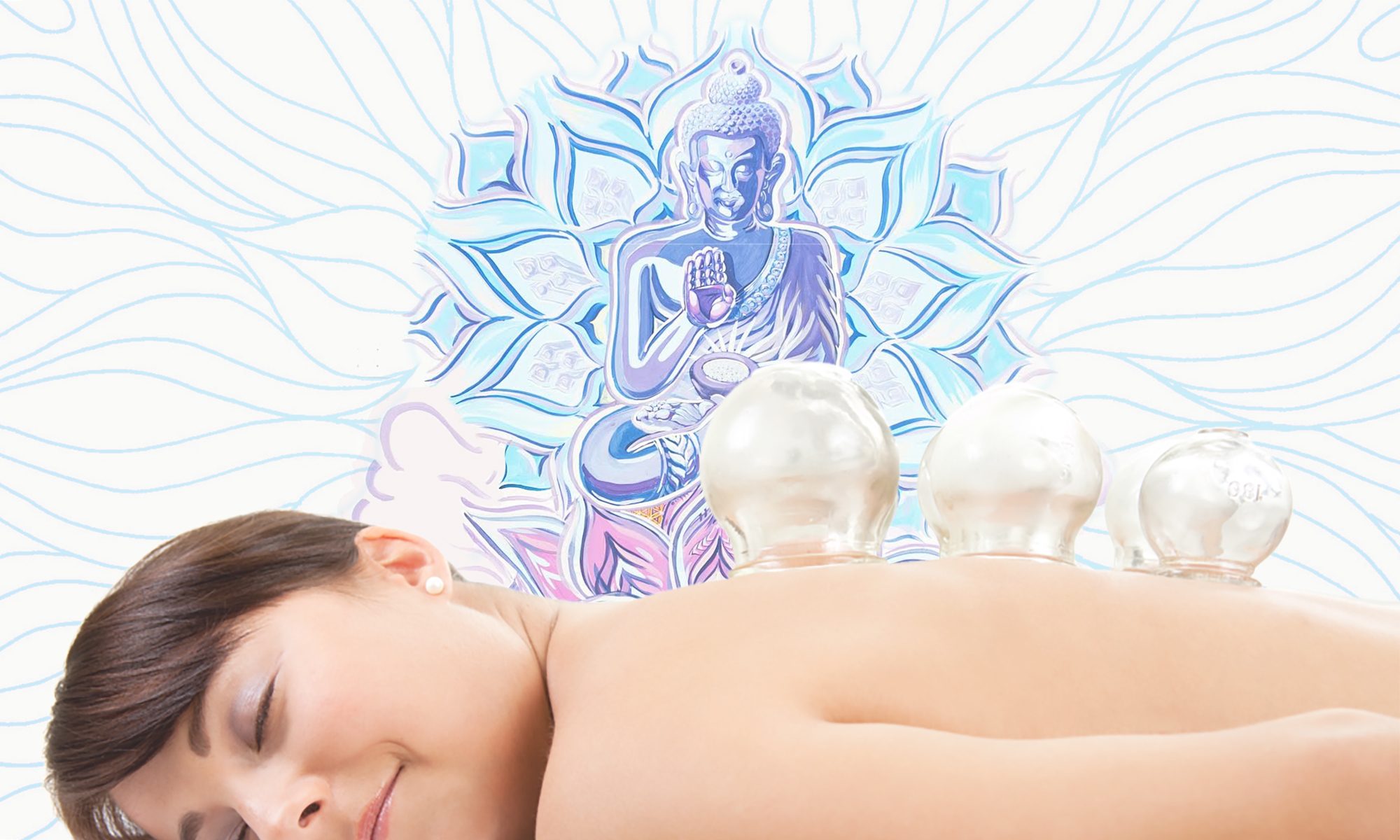 Arthritis is one of the most pervasive diseases in the United States and is the leading cause of disability. According to the Centers for Disease Control and Prevention one out of every three Americans (an estimated 70 million people) is affected.
Arthritis is one of the most pervasive diseases in the United States and is the leading cause of disability. According to the Centers for Disease Control and Prevention one out of every three Americans (an estimated 70 million people) is affected.
For most people arthritis pain and inflammation cannot be avoided as the body ages. In fact, most people over the age of 50 show some signs of arthritis. Joints naturally degenerate over time. Fortunately, arthritis can often be managed Acupuncture and Oriental Medicine.
What is Arthritis?
Arthritis isn’t just one disease; it’s a complex disorder that comprises more than 100 distinct conditions and can affect people at any stage of life. Two of the most common forms are osteoarthritis and rheumatoid arthritis. While these two forms of arthritis have very different causes, risk factors, and effects on the body, they often share a common symptom—persistent joint pain.
Osteoarthritis (OA) is the most common form of arthritis in the United States, affecting an estimated 21 million adults. OA begins with the breakdown of joint cartilage, resulting in pain and stiffness.
OA commonly affects the joints of the fingers, knees, hips, and spine. Other joints affected less frequently include the wrists, elbows, shoulders, and ankles. When OA is found in a less frequently affected joint, there is usually a history of injury or unusual stress to that joint. Work-related repetitive injury and physical trauma may contribute to the development of OA. If you have a strenuous job that requires repetitive bending, kneeling, or squatting, for example, you may be at high risk for OA of the knee.
Rheumatoid arthritis (RA) can affect many different joints and, in some people, other parts of the body as well, including the blood, the lungs, and the heart. Inflammation of the joint lining, called the synovium, can cause pain, stiffness, swelling, warmth, and redness. The affected joint may also lose its shape, resulting in loss of normal movement. RA can last a long time and can be a disease of flares (active symptoms) and remissions (few to no symptoms).
Diagnosis and Treatment of Arthritis with Acupuncture and Oriental Medicine
According to Chinese medical theory, arthritis arises when the cyclical flow of Qi in the meridians becomes blocked. This blockage is called, “bi” type pain and is widely studies and successfully treated using a combination of acupuncture and/or Chinese herbs.
Acupuncture and Oriental Medicine have been found to be extremely effective at treating the pain and inflammation associated with all types of arthritis. The acupuncture points and herbs that are used depend on if the blockage of Qi (arthritis) is caused by the pathogen wind, cold, damp or damp-heat.
Traditional Chinese Medicine does not recognize arthritis as one particular syndrome. Instead, it aims to treat the specific symptoms that are unique to each individual using a variety of techniques such as acupuncture, Chinese herbs, bodywork, lifestyle/dietary recommendations and energetic exercises to restore imbalances found in the body. Therefore, if 10 patients are treated with Oriental medicine for joint pain, each of these 10 patients will receive a unique, customized treatment with different acupuncture points, different herbs and different lifestyle and diet recommendations.
Your acupuncturist will examine you, take a look at the onset of your condition and learn your signs and symptoms to determine your Chinese diagnosis and choose the appropriate acupuncture points and treatment plan.
The Acupuncture Treatment
Acupuncture points to treat Arthritis are located all over the body, not just directly over the affected area. During the acupuncture treatment, tiny needles could be placed along your legs, arms, shoulders, and perhaps even your little toe!
There seems to be little sensitivity to the insertion of acupuncture needles. They are so thin that several acupuncture needles can go into the middle of a hypodermic needle. Occasionally, there is a brief moment of discomfort as the needle penetrates the skin, but once the needles are in place, most people relax and even fall asleep for the duration of the treatment.
The length, number and frequency of treatments will vary. Typical treatments last from five to 30 minutes, with the patient being treated one or two times a week. Some symptoms are relieved after the first treatment, while more severe or chronic ailments often require multiple treatments.
Chinese Herbs for Arthritis
There are many Chinese Herbal formulas that are prescribed for arthritis. Your acupuncturist will examine you, take a look at the onset of your condition and learn your signs and symptoms to determine which herbs are best for you.
Here are some commonly prescribed Chinese herbal formulas for arthritis:
Remove Painful Obstruction Decoction (juan bi tang)- For joint pain that increases with cold and is possibly accompanied by heaviness and numbness in the limbs.
Cinnamon Twig, Peony, and Anamerrhena Decoction (gui zhi shoa you zhi mu tang)- For swollen and painful joints that are warm to the touch and worse at night.
Angelica Pubescens and Sangjisheng Decoction (du huo ji sheng tang)- For heavy and painful sensations at fixed locations in the lower back and lower extremities accompanied by weakness and stiffness.
Studies on Acupuncture and Arthritis
Several studies have shown that acupuncture can help people with arthritis and related auto-immune diseases.
In one Scandinavian study 25 percent of arthritis patients who had been scheduled for knee surgery cancelled their operations after acupuncture treatment. In the study, researchers compared acupuncture with advice and exercise for the treatment of osteoarthritis of the hip. Thirty-two patients awaiting a total hip replacement were separated into 2 groups. One group received one 10-minute and five 25-minute sessions of acupuncture, and the other group received advice and hip exercises over a 6-week period.
Patients were assessed for pain and functional ability: Patients in the acupuncture group showed significant improvements, while no significant changes were reported in the group that received advice and exercise therapy. The results of this study indicate that acupuncture is more effective than advice and exercise for the treatment of osteoarthritis of the hip.
Another study at the University of Maryland showed that elderly arthritis patients with knee pain due to arthritis improved significantly when acupuncture was added to their treatment.
The randomized clinical trial, performed at the University of Maryland School of Medicine, determined whether acupuncture was a clinically safe and effective adjunctive therapy for older patients with osteoarthritis of the knee.
The study addressed these questions:
1.Would the addition of acupuncture to conventional therapy produce an added measure of pain relief?
2.Would the effects of acupuncture last for 4 weeks following the end of treatment?
3.Would acupuncture have any side effects?
Seventy-three patients were randomly divided into 2 groups. One group received twice-weekly acupuncture treatments and conventional therapy for 8 weeks, and the other group received conventional therapy only. Patients who received acupuncture had significant pain relief and showed improvement in function. Those who did not receive acupuncture showed no significant change. No patients reported side effects from any acupuncture therapy session.
Safe Alternative to Medication
Even without the studies, the popularity of acupuncture for arthritis continues to grow because more and more people have found significant relief from Oriental Medicine without the negative side effects that come from Western pharmaceuticals.
Lifestyle and Dietary Instructions
Your diet plays a crucial role in helping you avoid or control arthritis. The first objective of a healthy diet is to help you lose weight if you are overweight. Being overweight can cause additional stress to your joints.
The second way a balanced, varied diet can help ease the pain of arthritis is by providing vitamins and minerals that keep your joints healthy and avoiding “damp” foods such as dairy products and greasy or spicy foods.
If you have arthritis or knee or hip pain, vitamin C and vitamin D can help prevent bone and cartilage destruction. And a multivitamin can help ensure that you always get the nutrition you need.
Here are some other healthy (and delicious) choices to include in your diet.
Ginger – A natural anti-inflammatory, available as powdered extracts in capsules as well as alcohol-based extracts. Follow the dosing directions on the label. Or make tea by combining one-half teaspoon of grated ginger root with eight ounces of boiling water. Cover and steep for 10 to 15 minutes, then strain and add honey to taste.
Fresh pineapple – Bromelain, an enzyme in pineapple, reduces inflammation. Be sure the pineapple is fresh, not canned or frozen.
Cherries – Recent research has shown that tart cherries are an excellent source of nutrients that may help to reduce joint pain and inflammation related to arthritis.
Fish – Cold-water fish such as salmon and mackerel contain omega-3 fatty acids, which help keep joints healthy as well as reduce pain and swelling. If you don’t care for fish, consider supplementing your diet with fish oil capsules.
Turmeric – Another natural anti-inflammatory. Look for an extract of whole turmeric, in health-food stores; follow the dosage directions on the label.
Find an Acupuncturist
Today, acupuncture is an acknowledged and respected field of medicine which requires formal training and certification in order to practice. In most States, provinces and countries, acupuncture is legislated in order to assure quality of treatment.
Acupuncture and Oriental medicine is an art and a science that takes years to master. Look for an acupuncturist with formal training and experience in the treatment of Arthritis on www.Acufinder.com
References:
Diane Joswick, L.Ac., MSOM
Rheumatology in Chinese Medicine, 2002. By G. Guillaume & M. Chieu
Chinese Herbal Medicine: Formulas and Strategies, 1990. By Dan Bensky & Randall Barolet
Acupuncture: A Comprehensive Text By Shanghai College of Traditional Chinese Medicine, 1981

